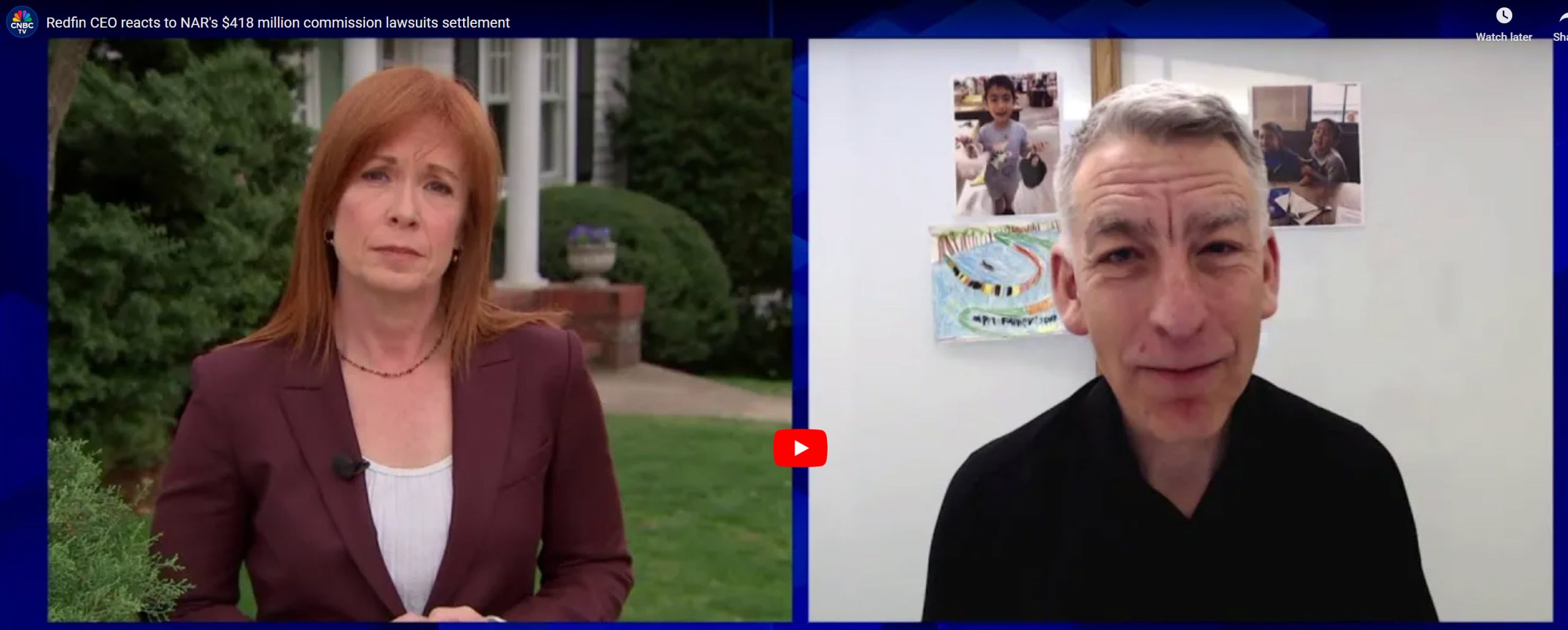The real estate landscape is constantly changing due to various factors such as market trends,…
How Many Real Estate Agents in the USA?
In 2024, the United States real estate sector is set to mark a significant milestone, with an estimated 7.62 real estate professionals for every 1,000 adults. This fascinating statistic is derived from an adult population projected at 262.57 million, with roughly 2 million active real estate agents across the nation.
In 2024, the United States real estate sector is set to mark a significant milestone, with an estimated 7.62 real estate professionals for every 1,000 adults. This fascinating statistic is derived from an adult population projected at 262.57 million, with roughly 2 million active real estate agents across the nation.
Introduction: The Role of Real Estate Agents
Real estate agents play a vital role in the housing market, acting as a bridge between property buyers and sellers. They help clients navigate the complex process of buying or selling a property, providing valuable guidance and expertise every step of the way. With over 3 million active real estate agents in the USA, it’s essential to understand the role they play in facilitating real estate transactions. These professionals are adept at pricing properties accurately, marketing listings effectively, negotiating contracts skillfully, and ensuring a smooth transaction process from start to finish.
Real Estate Agents vs Realtors
While often used interchangeably, the terms “real estate agent” and “Realtor” have distinct meanings. A real estate agent is an individual who has obtained a real estate license and is authorized to sell or rent out property on behalf of others. A Realtor, on the other hand, is a member of the National Association of Realtors (NAR) and adheres to a strict code of ethics and standards. This membership signifies a commitment to professionalism and ethical conduct in the real estate industry. Approximately half of all real estate agents in the USA are certified as Realtors, highlighting the importance of this distinction in the real estate landscape.
Introduction: The Role of Real Estate Agents
Real estate agents are pivotal in facilitating real estate transactions, acting as the bridge between property buyers and sellers. These agents are instrumental in helping clients wade through the intricacies of the real estate market, from accurately pricing properties and effectively marketing listings to skillfully negotiating contracts and steering clients through the entire buying or selling journey. Many individuals involved in buying and selling property prefer working with Realtors due to their adherence to a specific code of ethics mandated by the National Association of Realtors (NAR).
How Many Realtors Are There in Each State?
To grasp the magnitude of the real estate agent profession in the USA, an analysis of agent distribution by state is essential. The National Association of Realtors (NAR) offers invaluable insights into the membership count of real estate agents nationwide, shedding light on the profession’s scope.
The latest data indicates that Florida, California, and Texas are the states with the most real estate agents. Florida is at the forefront with an impressive 225,563 Realtors, California is a close second with 204,678, and Texas follows with 150,141 Realtors. Major metropolitan areas like Miami, Houston, and Los Angeles have the most agents, providing insights into how the numbers of agents and their home sales differ in these key markets. Conversely, Vermont has the smallest Realtor community, with a mere 1,787 members.
Let’s take a closer look at the number of Realtors in each state:
| State | Number of Realtors |
|---|---|
| Alabama | 18,653 |
| Alaska | 1,915 |
| Arizona | 53,422 |
| Arkansas | 11,251 |
| California | 204,678 |
| Colorado | 27,303 |
| Connecticut | 18,983 |
| Delaware | 4,332 |
| District Of Columbia | 2,838 |
| Florida | 225,563 |
| Georgia | 47,086 |
| Guam | 579 |
| Hawaii | 10,308 |
| Idaho | 11,619 |
| Illinois | 49,137 |
| Indiana | 20,887 |
| Iowa | 8,060 |
| Kansas | 10,425 |
| Kentucky | 13,108 |
| Louisiana | 15,799 |
| Maine | 5,629 |
| Maryland | 27,195 |
| Massachusetts | 25,056 |
| Michigan | 34,804 |
| Minnesota | 21,809 |
| Mississippi | 7,446 |
| Missouri | 26,138 |
| Montana | 5,724 |
| Nebraska | 5,389 |
| Nevada | 19,451 |
| New Hampshire | 6,526 |
| New Jersey | 59,593 |
| New Mexico | 7,661 |
| New York | 61,799 |
| North Carolina | 54,655 |
| North Dakota | 2,051 |
| Ohio | 37,035 |
| Oklahoma | 13,962 |
| Oregon | 18,001 |
| Pennsylvania | 38,701 |
| Puerto Rico | 1,237 |
| Rhode Island | 5,210 |
| South Carolina | 25,634 |
| South Dakota | 2,262 |
| Tennessee | 35,661 |
| Texas | 150,141 |
| Utah | 19,237 |
| Vermont | 1,787 |
| Virgin Islands | 387 |
| Virginia | 34,607 |
| Washington | 20,893 |
| West Virginia | 3,410 |
| Wisconsin | 16,925 |
| Wyoming | 2,633 |
| Total | 1,554,604 |
Number of Active Real Estate Agents in the USA
As of 2024, there are approximately 3 million active real estate agents in the USA. This number fluctuates depending on the state of the housing market, with more agents entering the field during periods of high demand and fewer agents remaining during economic downturns. The National Association of Realtors (NAR) reports that there are currently over 1.5 million Realtors in the USA, with Florida, California, and Texas leading the way in terms of Realtor numbers. These states not only have robust housing markets but also attract a significant number of professionals looking to capitalize on the opportunities within these regions.
Factors Contributing to the High Number of Real Estate Agents
Several factors contribute to the high number of real estate agents in the USA. One reason is the relatively low barrier to entry, as obtaining a real estate license requires only a few months of training and passing a licensing exam. Additionally, the real estate industry offers flexibility and independence, making it an attractive career choice for many individuals. The potential for high earnings is also a draw, with top-performing agents earning significantly more than the median gross income of $43,330. This combination of accessible entry requirements, flexible work conditions, and lucrative earning potential continues to attract a steady stream of new agents into the real estate market.
Is the Number of Realtors Growing or Declining?
The population of real estate agents in the United States is subject to change, swayed by economic conditions and prevailing market trends. In prosperous periods with a booming economy, the real estate profession often sees a rise in agents as the demand for property ownership escalates. However, during recessions, the industry may witness a decline in agents as challenging market conditions prompt professionals to exit the field.
Since its inception in 1908, the National Association of Realtors has seen its membership numbers ebb and flow, with periods of both steady growth and remarkable spikes. Notably, between 1974 and 1975, the association experienced a dramatic 224% increase in membership, ballooning from 134,362 to 435,485 Realtors, a testament to the buoyant market conditions of that era.
Our chart offers a visual representation of the fluctuating numbers of real estate agents in the United States, drawing a parallel with the nation’s economic health. It also marks the years of economic recession, illustrating a tangible link between the economy’s performance and the real estate industry’s labor force.
Cities with the Highest Concentration of Employed Sales Agents
Delving into the profession of real estate sales agents, it’s crucial to analyze the urban areas boasting the highest density of these professionals. The U.S. Bureau of Labor Statistics (BLS) provides insights into the employment statistics of real estate sales agents across various metropolitan areas, enabling a comparative look at the prevalence of agents within the local labor markets.
The most recent figures indicate that the Miami-Ft Lauderdale-West Palm Beach metropolitan zone leads in the employment of real estate agents, hosting 11,070 agents. This equates to an impressive ratio of about 4.22 real estate agents for every 1,000 jobs in the region. Other metropolitan areas with significant numbers of agents include Houston-The Woodlands-Sugar Land, Dallas-Ft Worth-Arlington, and Atlanta-Sandy Springs-Roswell.
Zooming in on the cities with the highest employment levels, we find a notable presence of real estate agents shaping the industry’s landscape.
| Metropolitan Area | Employment | Employment/1000 Jobs |
|---|---|---|
| Miami-Ft Lauderdale-West Palm Beach, FL | 11,070 | 4.22 |
| Houston-The Woodlands-Sugar Land, TX | 9,350 | 3.06 |
| Dallas-Ft Worth-Arlington, TX | 9,290 | 2.44 |
| Atlanta-Sandy Springs-Roswell, GA | 7,250 | 2.66 |
| Phoenix-Mesa-Scottsdale, AZ | 7,200 | 3.24 |
| New York-Newark-Jersey City, NY-NJ-PA | 6,040 | 0.66 |
| Los Angeles-Long Beach-Anaheim, CA | 5,720 | 0.94 |
| Orlando-Kissimmee-Sanford, FL | 5,080 | 3.91 |
| Denver-Aurora-Lakewood, CO | 3,920 | 2.53 |
| Tampa-St. Petersburg-Clearwater, FL | 3,840 | 2.81 |
It’s pivotal to recognize that these figures reflect the concentration of actively employed sales agents, rather than the total count of real estate agents in these metropolitan areas.
Finding a Great Real Estate Agent
With so many real estate agents to choose from, finding a great one can be a daunting task. To increase your chances of success, look for an agent with a proven track record of success, excellent communication skills, and a strong online presence. It’s also essential to research the agent’s experience, client satisfaction ratings, and sales volume to ensure they are well-equipped to handle your specific needs. By doing your due diligence, you can find a top-notch real estate agent who will help you navigate the complex world of real estate and achieve your goals. Remember, the right agent can make a significant difference in your buying or selling experience, providing the expertise and support needed to ensure a successful transaction.
Conclusion: The Evolving Landscape of Real Estate Agents in the USA
With so many real estate agents out there, it can feel overwhelming. It’s like everywhere you turn, there’s another one. But here’s something to think about: with so many agents available, not all of them will be the right fit for you. So how do you choose? We’ve got a couple of tips to help you out.
First off, find an agent you’re comfortable with. Just because an agent doesn’t have a long list of transactions doesn’t mean they aren’t great at what they do. And on the flip side, just because an agent is super busy, doesn’t guarantee they’ll be the best match for you. The key is comfort and trust. A solid way to find someone you’ll click with is by getting a referral from someone who’s had a successful experience. And if you need a hand finding referrals, we at 719 Lending are here to help.
Second, take a look at their experience. It can be a bit tricky though. An agent might be new but part of a dynamic and supportive team, setting you up for a successful partnership. Don’t hesitate to ask questions, especially about their recent sales and knowledge of your area. Remember, just because someone has been in the business for years doesn’t mean they’re automatically the best choice. It’s all about how well they can meet your needs now.
And here’s a final thought: working with a realtor can make your transaction much smoother. They’re your advocate through this process. We see the difference they make every day, working alongside both for sale by owners and agents.
Sources
National Association of Realtors (NAR)





